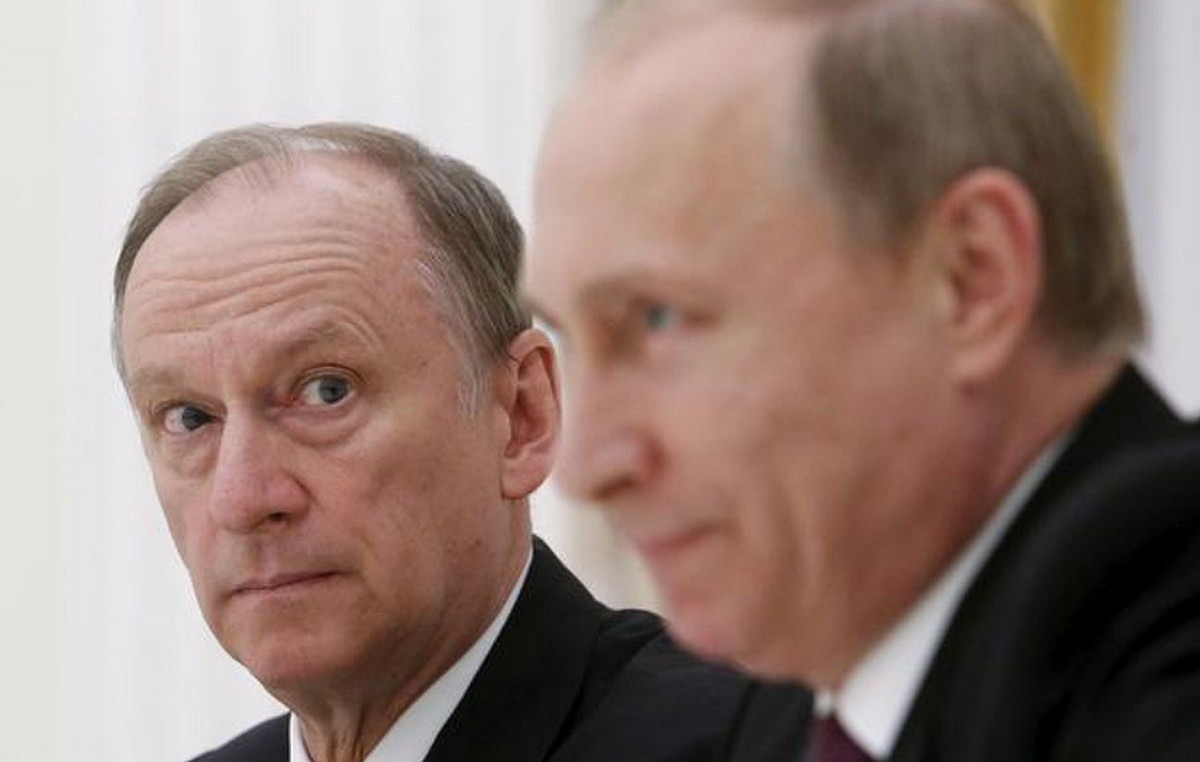- The Bank of Japan is likely to keep interest rates at 0.25% on Thursday.
- The language in Governor Kazuo Ueda’s policy statement and press conference will be key.
- BoJ policy announcements could increase Japanese Yen volatility.
After concluding its two-day monetary policy review on Thursday, the Bank of Japan (BoJ) is expected to keep the short-term interest rate at 0.25%.
The BoJ’s policy announcements are likely to provide new clues on the central bank’s rate hike prospects, injecting intense volatility into the Japanese Yen (JPY).
What to expect from the BoJ interest rate decision?
As widely expected, the BoJ is set to pause its rate-hiking cycle for the third consecutive meeting in December. Therefore, the tone of the policy statement and Governor Kazuo Ueda’s post-meeting press conference, scheduled for 06:30 GMT, will be key in assessing the timing of the BoJ’s next rate hike.
Markets have all but ruled out a possible rate hike this week after Reuters and Bloomberg News cited people familiar with the BoJ’s thinking as saying the Japanese central bank was considering keeping interest rates steady at its December meeting.
One of the sources cited by Reuters said that “policymakers prefer to spend more time examining risks abroad and clues about next year’s wage outlook.”
Wages in Japan have been rising at an annual rate of around 2.5% to 3%, causing inflation to remain above the central bank’s 2% target for more than two years.
The BoJ’s broadest and most closely watched price trend indicator, the “core-core” Consumer Price Index (CPI) – excluding both fresh food and energy costs – rose 2.3% in October compared to the previous year, accelerating from a 2.1% increase in September. Additionally, revised third-quarter Gross Domestic Product (GDP) data showed Japan’s economy expanded by an annualized 1.2%, at a faster pace than initially reported.
However, falling household spending and a downward revision in private consumption data hinted at a waning Japanese economic recovery. Furthermore, BoJ policymakers would prefer to wait for the November CPI report and the start of United States (US) President-elect Donald Trump’s administration before the next rate hike.
Analysts at BBH said: “The Bank of Japan’s two-day meeting ends on Thursday with a widely expected pause. The market sees just a 15% chance of a hike after multiple reports emerged that a pause was being considered. “The risk is that the BoJ paves the way for a rate hike in January. The odds of a hike increase to 70% at the January 23-24 meeting, when updated macroeconomic forecasts will be released.”
How could the Bank of Japan’s interest rate decision affect USD/JPY?
BoJ Governor Kazuo Ueda said in his recent public appearance that the next interest rate hikes are “close in the sense that economic data is on the way.” “I’d like to see what kind of momentum the fiscal 2025 Shunto (spring salary negotiation) creates,” Ueda added.
Should the BoJ fail to provide a clear indication of the next interest rate hike by maintaining its rhetoric that monetary policy will be decided at each meeting based on available data, the Japanese Yen is likely to extend its bearish momentum. against the US Dollar (USD).
The JPY, however, could see a sharp upward correction if the BoJ explicitly indicates that a rate hike is coming in January while acknowledging the encouraging economic outlook.
Any initial reaction to the BoJ’s policy announcements could be short-lived ahead of Governor Ueda’s press conference and as markets digest Wednesday’s policy decision from the US Federal Reserve (Fed).
From a technical perspective, Dhwani Mehta, Lead Asian Session Analyst at FXStreet, notes: “USD/JPY faces two-way risks ahead of the BoJ rate decision, with a 21-day SMA and a 50-day bearish cross in play. Meanwhile, the 14-day Relative Strength Index (RSI) remains well above the 50 level.”
“A hawkish BoJ pause could add additional momentum to the ongoing USD/JPY correction, sinking the pair towards the 152.20 zone, the confluence of the 21-day SMA, 50-day SMA and 200 SMA days. The next relevant support lines up near 151.00, at the December 10 and 11 lows. Further declines could challenge the psychological support of. 150.00. Conversely, buyers must recapture the three-week high of 154.48 to nullify the short-term bearish bias. The July 24 high of 155.99 will be next on their radars en route to the 156.50 barrier,” he adds. Dhwani.
economic indicator
BoJ interest rate decision
He Bank of Japan sets the interbank interest rate. This rate affects a range of interest rates set by commercial banks, building societies and other institutions towards their own savers and borrowers. It also affects the price of financial assets, such as bonds, stocks and exchange rates, which affect consumer and business demand in a variety of ways. If the Bank of Japan has a firm outlook on the Japanese economy and increases the current interest rate, this is bullish for the yen. On the other hand, a mild outlook that leads the bank to reduce or maintain current rates will be bearish for the yen.
Next post:
Thu Dec 19, 2024 03:00
Frequency:
Irregular
Dear:
0.25%
Previous:
0.25%
Fountain:
Bank of Japan
Bank of Japan FAQs
The Bank of Japan (BoJ) is the Japanese central bank, which sets the country’s monetary policy. Its mandate is to issue banknotes and carry out monetary and currency control to ensure price stability, which means an inflation target of around 2%.
The Bank of Japan has embarked on ultra-loose monetary policy since 2013 in order to stimulate the economy and fuel inflation amid a low inflation environment. The bank’s policy is based on Quantitative and Qualitative Easing (QQE), or printing of banknotes to buy assets such as government or corporate bonds to provide liquidity. In 2016, the bank doubled down on its strategy and further relaxed policy by first introducing negative interest rates and then directly controlling the yield on its 10-year government bonds.
The Bank of Japan’s massive stimulus has caused the Yen to depreciate against its major currency pairs. This process has been exacerbated more recently by a growing policy divergence between the Bank of Japan and other major central banks, which have opted to sharply raise interest rates to combat inflation levels that have been at record highs for decades. The Bank of Japan’s policy of keeping rates low has caused the differential with other currencies to increase, dragging down the value of the Yen.
The weakness of the Yen and the rebound in global energy prices have caused a rise in Japanese inflation, which has exceeded the 2% target set by the Bank of Japan. Even so, the Bank of Japan judges that sustainable and stable achievement of the 2% objective is still not in sight, so a sudden change in current monetary policy seems unlikely.
Source: Fx Street
I am Joshua Winder, a senior-level journalist and editor at World Stock Market. I specialize in covering news related to the stock market and economic trends. With more than 8 years of experience in this field, I have become an expert in financial reporting.







